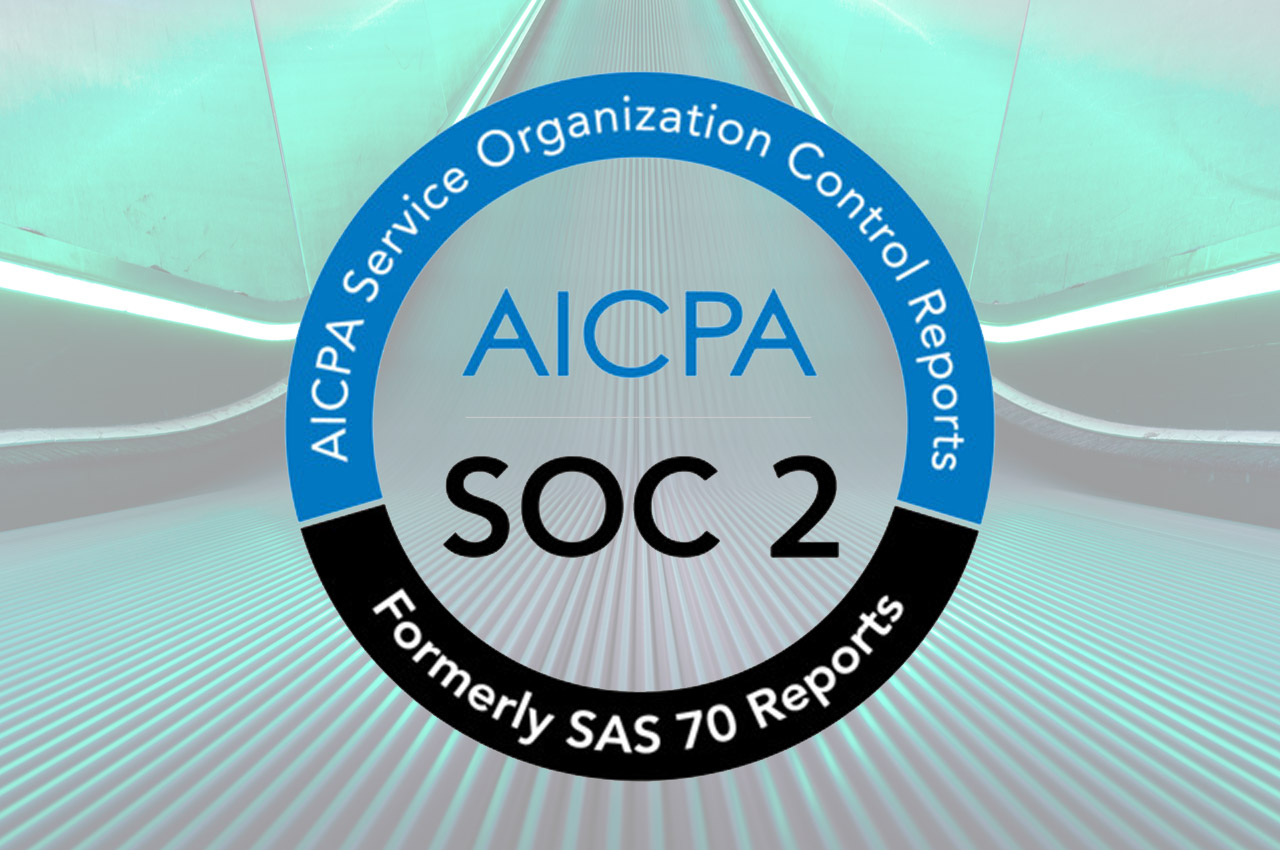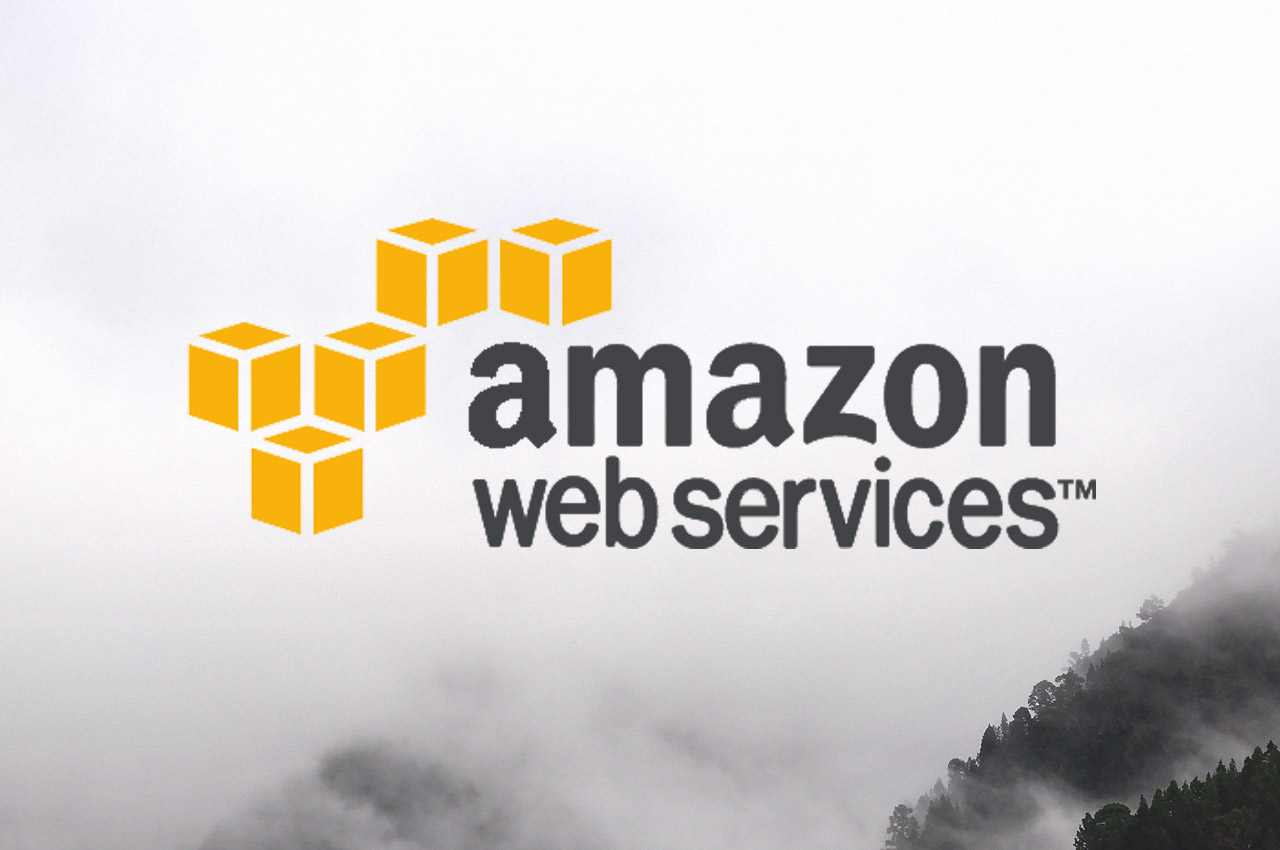Understanding SOC 2 Compliance
SOC 2 compliance is a critical benchmark for organizations that handle sensitive customer data. Achieving compliance demonstrates that your company meets the highest standards for Trust Service Criteria (TSC) including security, availability, processing integrity, confidentiality, and privacy.
Despite its importance, many organizations struggle with SOC 2 due to the extensive documentation, complex controls, and ongoing monitoring required. Fortunately, there are practical paths to compliance depending on your organization’s resources, expertise, and appetite for automation.
Here are three pathways to consider for building and managing your SOC 2 compliance program.
1. Manual SOC 2 Compliance
The manual approach to SOC 2 compliance involves creating, maintaining, and tracking all policies, controls, and evidence manually. Teams typically rely on spreadsheets, shared documents, and internal processes to document compliance requirements. While this may seem like the easiest option to get started with, remember that your team will have to continue to perform these manual functions annually to keep these reports up-to-date. Also note that for a SOC 2 Type II report, your team is assessed over a period of time, and will have to continue to produce documentation for a longer timeframe.
Pros:
- Full control over every aspect of your policies and evidence
- Minimal software costs
- Complete transparency for small teams
Cons:
- Highly time-consuming, often taking months to prepare for an audit
- Prone to human error, missing documentation, or inconsistencies
- Difficult to scale as your organization grows
Manual compliance can be a good starting point for very small companies or startups. However, the process quickly becomes cumbersome as the number of controls increases and audits become more frequent.
2. Consultant-Led SOC 2 Compliance
Many organizations opt to hire SOC 2 consultants or cybersecurity consultants who provide guidance on compliance frameworks, internal controls, and audit preparation. Consultants can help identify gaps, craft policies, and ensure your organization meets all trust service criteria. This can be a great option for organizations with limited staff, but may make your team dependent on third party staff to meet requirements and perform certain operations.
Pros:
- Expert guidance from professionals with deep experience in SOC 2 audits
- Tailored recommendations based on your organization’s specific needs
- Reduced risk of missteps during preparation and audits
Cons:
- High cost, often significant for small or mid-sized organizations
- Reliance on external expertise, which may limit internal learning
- Limited automation – manual documentation and evidence collection are still required
Consultant-led compliance is ideal for organizations that need expert guidance but may not have internal compliance teams. However, without proper tools, teams can still spend weeks compiling evidence and managing policies. Dash ComplyOps provides customized security onboarding, SOC 2 consultation, and white glove support alongside it’s software platform to ensure your team is well equipped to achieve and maintain SOC 2.
3. Automated SOC 2 Compliance
Automated SOC 2 compliance platforms integrate directly with your administrative policies, cloud service providers, and software tools, to continuously monitor controls and collect evidence in real-time, and prepare for SOC 2 audits. Additionally, some of these platforms provide support for performing SOC 2 required security processes such as policy creation, security gap assessment, risk assessment, and penetration testing.
Pros:
- Continuous compliance monitoring, reducing preparation time for audits
- Scalable solution for growing organizations
- Significant reduction in manual effort and risk of errors
Cons:
- Initial setup and integration may require time and technical resources
- Subscription costs for premium platforms
Automated SOC 2 compliance is ideal for organizations seeking efficiency, scalability, and minimal manual overhead. By automating routine tasks, companies can focus on strategic security initiatives rather than administrative burden.
How Dash ComplyOps Helps:
Dash ComplyOps provides a fully automated SOC 2 compliance software platform. Unlike other platforms that only provide basic evidence collection, Dash provides one central platform for managing security operations, preparing for audits and completing your SOC 2 report:
- Security gap assessment – for determining gaps with your team’s security policies, procedures and controls
- Administrative security policy creation – for creating/extending your organizations administrative policies and customizing them around your technologies, processes.
- Continuous compliance monitoring – for monitoring technical controls across cloud services
- Digital risk assessment – for keeping a live inventory of IT assets, tracking emerging risks, and generating risk assessment reports
- Automated evidence collection – seamlessly integrates with your technologies and reporting to capture required audit data
- Audit-ready reporting – generate evidence packages and work with audit partners to receive your report
With Dash ComplyOps, audit preparation becomes faster, simpler, and more reliable. Whether you’re a small startup or a large enterprise, Dash ComplyOps ensures your organization maintains continuous compliance with minimal effort.
Why Choose Dash ComplyOps for SOC 2 Compliance?
Dash ComplyOps has established itself as the modern solution for SOC 2 compliance. Whether you’re navigating the manual path, leveraging consultant expertise, or fully automating your compliance program, Dash ComplyOps provides:
- Central platform for administrative policies, security workflows, internal controls, and security evidence
- Automation that reduces manual work and audit preparation time
- Scalability to grow with your organization and your technologies
- Confidence and white-glove support in achieving SOC 2 compliance efficiently
Take the first step toward SOC 2 compliance and explore Dash ComplyOps today.



